Cranial cruciate ligament (CCL) disease is one of the most common reasons for canine hind limb lameness, pain, and ensuing arthritis. Our Southern Arizona Veterinary Specialty & Emergency Center team often sees dogs affected by this condition, and we provide information to help you understand CCL disease and how it is addressed.
Normal canine knee anatomy
To understand CCL disease, you must first understand the dog’s normal knee anatomy. The joint is composed of the femur above, the tibia below, the patella (i.e. kneecap) at the front of the joint, and the small, bean-like fabellae behind. Tissues called the medial and lateral menisci provide cushion between the femur and tibia, and the joint is held together by numerous ligaments. The cranial and caudal cruciate ligaments connect from one side of the femur on the top to the opposite side of the tibia on the bottom, crossing each other to form an “X” inside the joint. The CCL is responsible for preventing the tibia from slipping forward in relation to the femur.
Cranial cruciate ligament injury causes in dogs
Several scenarios can result in CCL injury in dogs including:
- Trauma — CCL injury can be caused by the knee joint twisting, for example when a dog is running and suddenly changes direction.
- Degeneration — The most common cause of CCL injury is ligament degeneration. Several factors, such as body condition, poor conformation, and genetics, contribute to this condition. Breeds at higher risk include rottweilers, Newfoundlands, Staffordshire terriers, mastiffs, Saint Bernards, and Labrador retrievers. Forty to sixty percent of dogs who have CCL disease in one knee will eventually develop the problem in the other knee.
- Luxating patella — CCL injury is also associated with luxating patellas in small dogs. Breeds at increased risk include toy poodles, Yorkshire terriers, Chihuahuas, and Pomeranians.
Cranial cruciate ligament signs in dogs
Dogs who experience a traumatic CCL injury may stop suddenly while running and be unable to bear weight on the affected limb. Dogs affected by CCL degeneration typically exhibit more subtle signs which may include:
- Difficulty rising from a resting position
- Trouble jumping on or off elevated surfaces
- Decreased willingness to play
- Lagging behind on walks
- Hind limb lameness
- Stiffness
- Muscle atrophy over the affected limb
- Swelling inside the shin bone
- Popping or clicking when the knee joint moves
Cranial cruciate ligament injury diagnosis in dogs
CCL injury is typically diagnosed using the following methods:
- Gait analysis — Our team will assess your dog’s gait at the walk and evaluate their ability to sit and rise from a resting position.
- Palpation — We will palpate your dog’s limb and joint to feel for heat, decreased range of motion, and swelling. If the CCL is completely ruptured, a specific joint manipulation, called a cranial drawer test, will allow the tibia to move forward in relation to the femur.
- X-rays — X-rays reveal joint effusion and arthritis, as well as help our team rule out other lameness causes. X-rays are also necessary to make measurements if your dog requires surgery.
- Endoscopy — In some cases, the joint must be evaluated by endoscopy to definitively diagnose CCL injury.
Cranial cruciate ligament treatment in dogs
Surgery is typically the treatment of choice for dogs affected by CCL injury. Procedures include:
- Tibial tuberosity advancement (TTA) — TTA uses the knee’s biomechanics to create stability by cutting and repositioning part of the tibia. The repositioned bone is held in place using a bone plate and screws.
- Lateral fabellar suture stabilization — Large, strong suture material is used to mimic the cruciate ligament’s function. The goal is to provide stability while organized scar tissue forms around the joint. Once the suture breaks, the dog’s healed tissue holds the knee in place.
If CCL injury is not treated surgically, the knee will remain unstable, and arthritis will develop, leading to pain and decreased mobility. However, in some cases, such as with affected small breed dogs, medical management may be sufficient to keep them comfortable.
Cranial cruciate ligament surgery follow up care in dogs
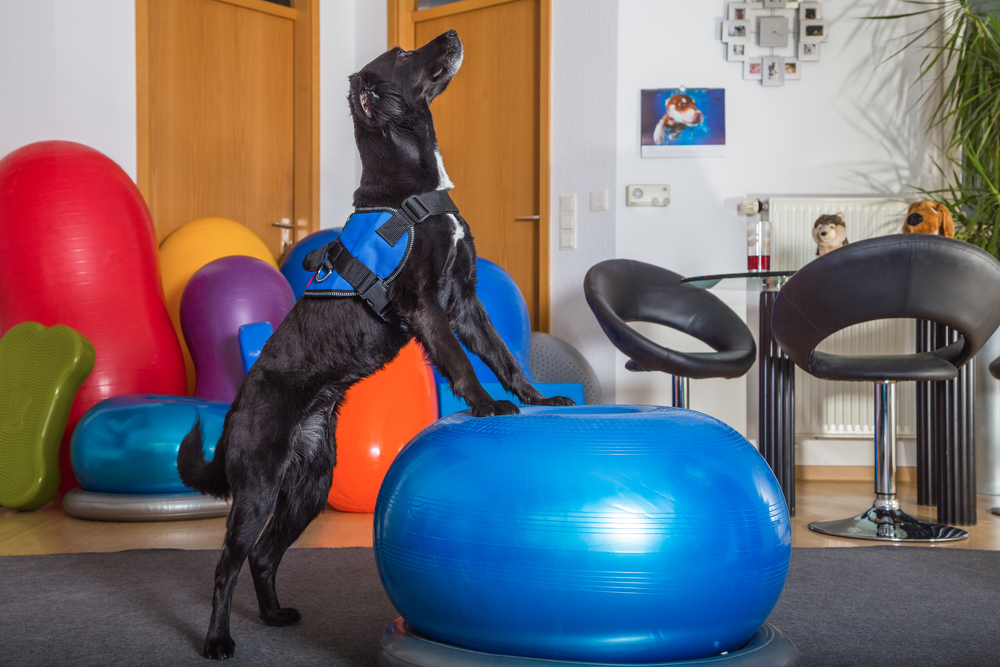
Dogs undergoing surgery for CCL injury typically require 8 to 12 weeks of exercise restriction. Our team will provide a detailed schedule to gradually increase your four-legged friend’s physical activity. Other postoperative care we may recommend includes:
- Weight management — If your dog is overweight, we will devise a safe and effective weight loss strategy to reduce the stress on their knee joint.
- Rehabilitation therapy — Rehabilitation therapy can help strengthen muscles and increase the joint’s range of motion.
- Pain medication — Pain medications are necessary to alleviate discomfort after surgery and may be needed to manage arthritis pain.
- Supplements — Our team may recommend supplements, such as omega-3 fatty acids and glucosamine, to help promote your dog’s joint health.
If your dog has a hindlimb lameness, contact our Southern Arizona Veterinary Specialty & Emergency Center so we can determine if CCL injury is causing the problem and devise an appropriate treatment plan.

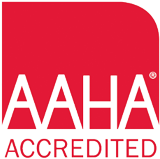
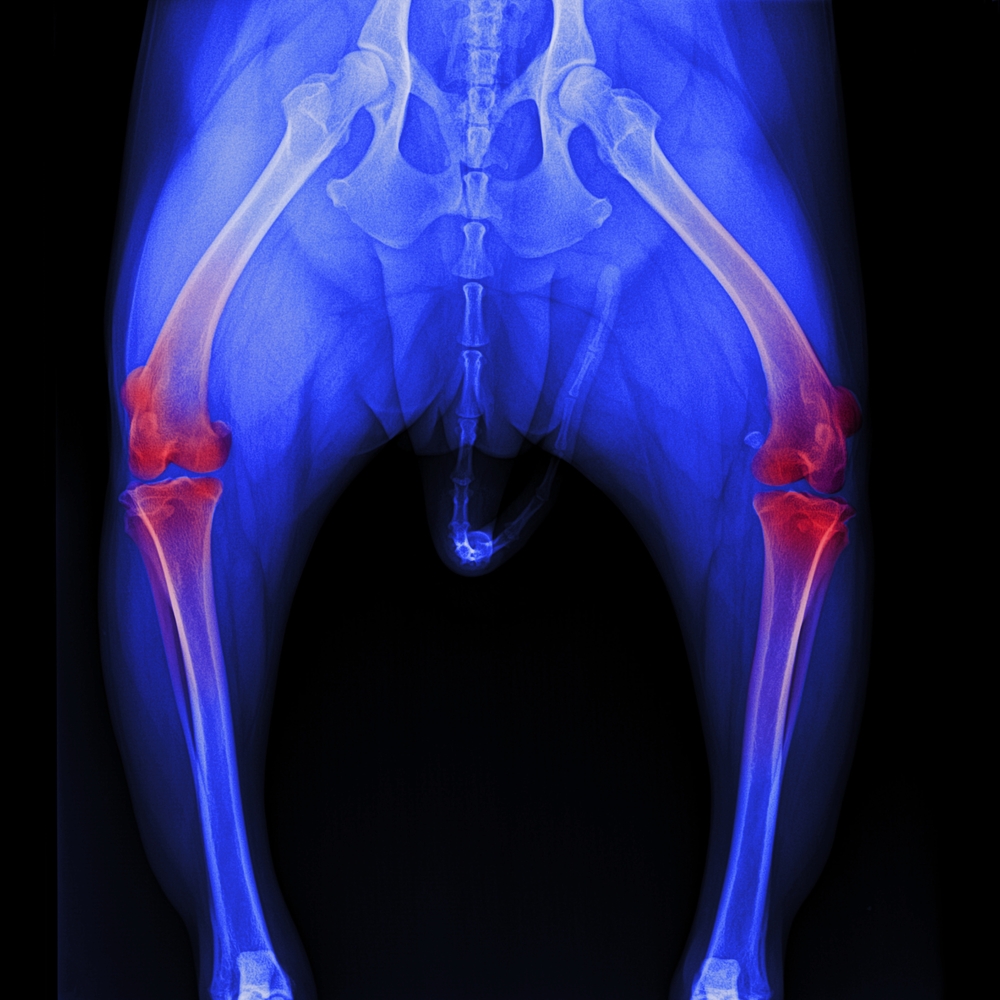
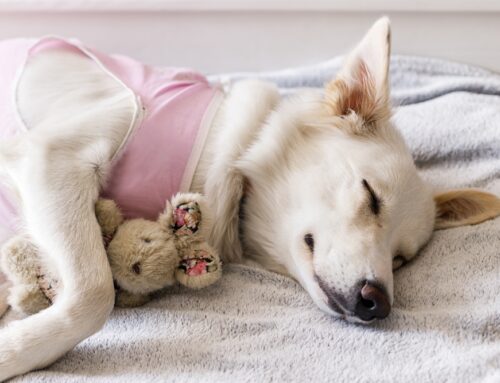
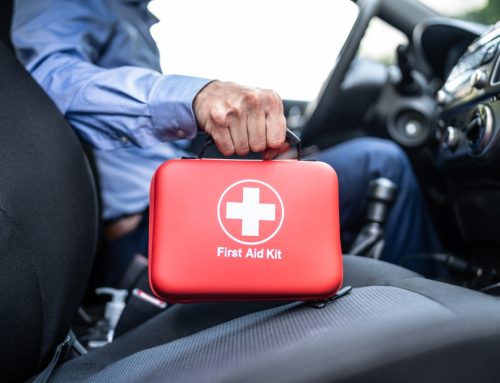
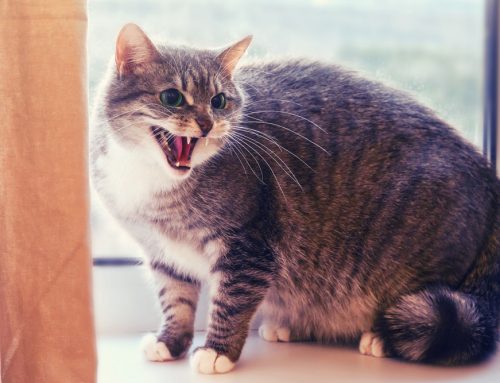


Leave A Comment